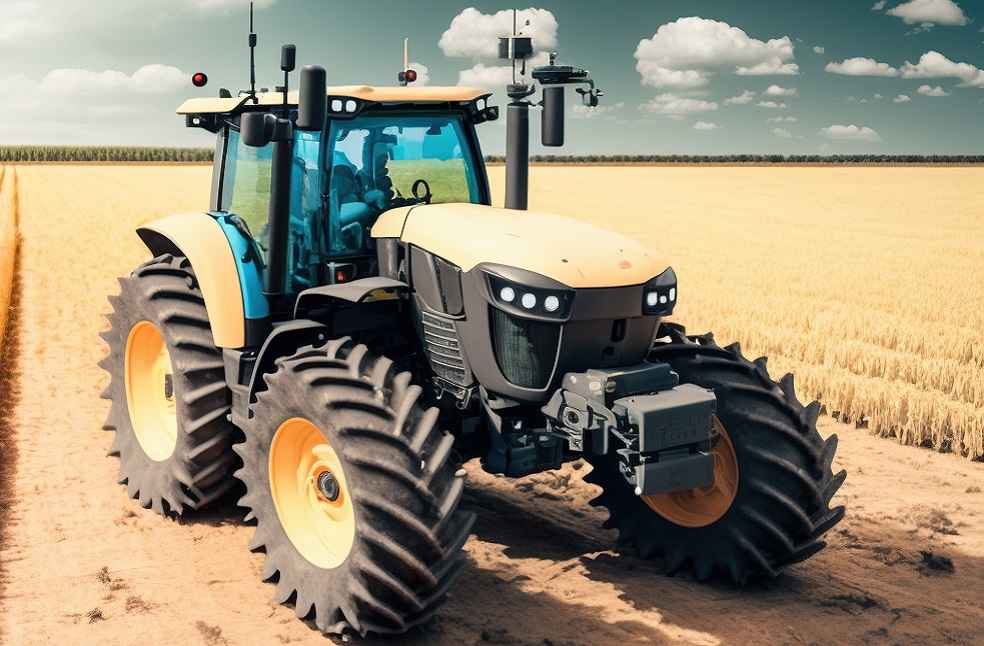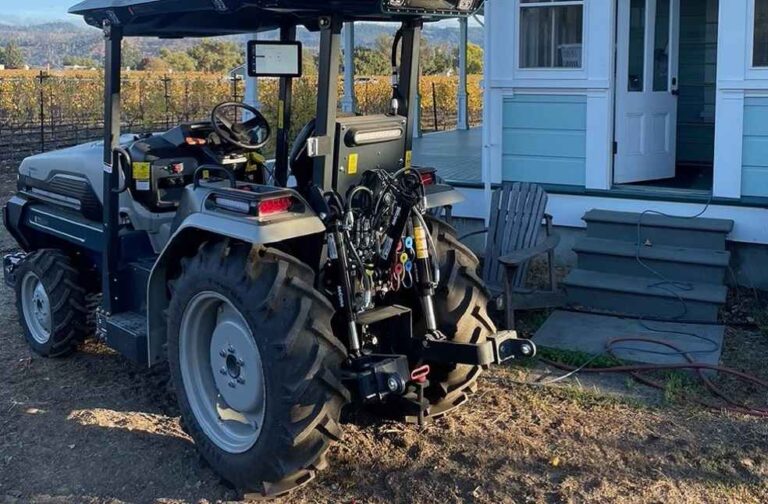The market for driverless tractors is witnessing unprecedented growth, revolutionizing agriculture by offering innovative solutions to labor shortages and sustainability challenges. From a valuation of $1.5 billion in 2023, the market is expected to reach $13–15 billion by 2033, primarily driven by adoption in agriculture-centric regions like India and China.
What Are Driverless Tractors?
Driverless tractors, also called autonomous tractors, are advanced agricultural machines designed to function without human intervention. Equipped with technologies like GPS, cameras, radar, and sensors, they handle operations such as navigation, steering, speed control, and braking autonomously.
Going beyond automation, these tractors integrate AI, computer vision, and data science to optimize farming activities like soil testing, seed selection, planting, and field mapping. Their precision and efficiency are transforming traditional farming methods, making tasks like harvesting, tillage, and sowing more productive and less labor-intensive.
Why Are Driverless Tractors Gaining Popularity?

Addressing Labour Shortages
Labor shortages are a growing concern in agriculture, particularly in emerging economies. For example, agricultural employment in India is expected to decline to 26.8% by 2050, according to the Indian Council of Food and Agriculture. Urban migration and rising labour costs are pushing farmers to adopt automated solutions, with driverless tractors emerging as a practical and cost-effective alternative.
Boosting Efficiency and Sustainability
Driverless tractors offer sustainability benefits by reducing soil compaction due to their lightweight designs. Capable of operating for up to 30 hours continuously, they maximise productivity while promoting eco-friendly farming practices. Integrated safety features, such as sensors and radar, ensure obstacle detection, making them highly reliable in the field.
Key Milestones in the Evolution of Driverless Tractors
- 1940s: Early Concepts
Frank W. Andrew introduced cable-guided tractors, pioneering automation in farming. - 1950s: Technological Breakthroughs in the UK
Reading University researchers developed sensor-guided tractors using electrical signals for navigation. - 1980s: Japan’s Robot Tractor
Yanmar introduced the “Robot Tractor,” blending navigation and sensor technology for semi-autonomous farming. - 2017: India’s First Driverless Tractor
Mahindra & Mahindra launched a GPS-enabled tractor with automated steering, turning, and tool-lifting features, enhancing agricultural efficiency. - 2022: Fully Autonomous Tractors by John Deere
John Deere unveiled a fully autonomous tractor equipped with AI-driven GPS guidance and stereo cameras, revolutionizing large-scale farming.

Government and Industry Driving Adoption
Governments worldwide are encouraging mechanization through subsidies, loan waivers, and incentive programs. These initiatives are particularly impactful in developing nations, where modern farming solutions like driverless tractors are becoming essential to meet growing food demands.
A Smarter, Sustainable Future for Agriculture
Driverless tractors are reshaping agriculture by addressing critical challenges like labor shortages and sustainability. As AI and automation continue to advance, these tractors promise to make farming more efficient, eco-friendly, and less dependent on manual labor.
No longer just tools, driverless tractors are transforming agriculture into a technologically advanced industry, paving the way for a smarter and more sustainable future.
OBSERVATION | Kia India Hits 28,545 Festive Sales, Driven by High Demand and Exports





